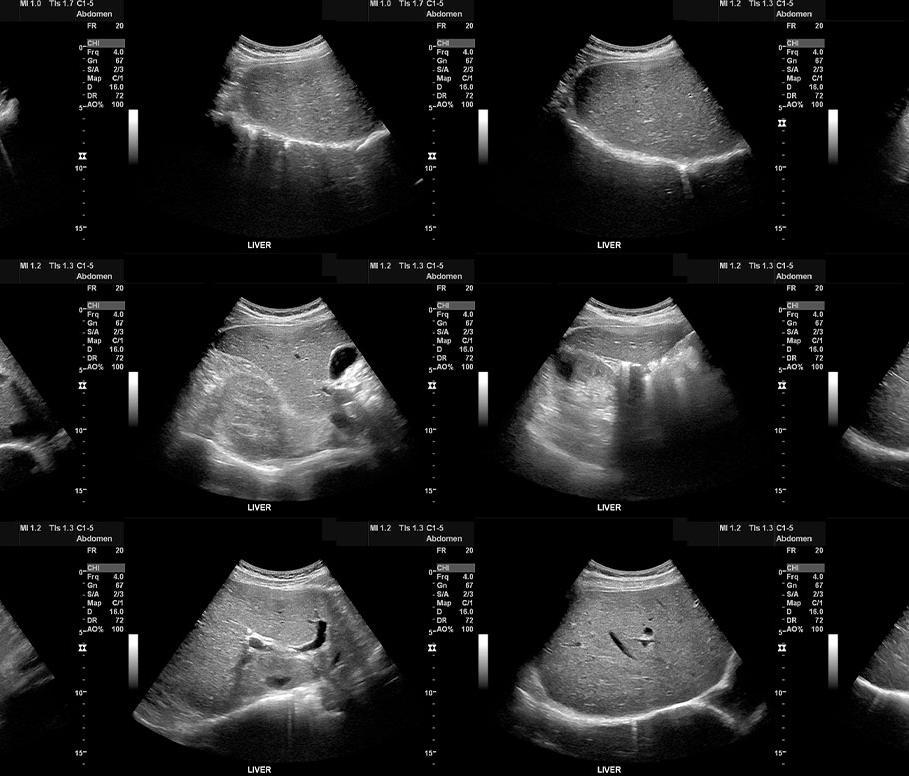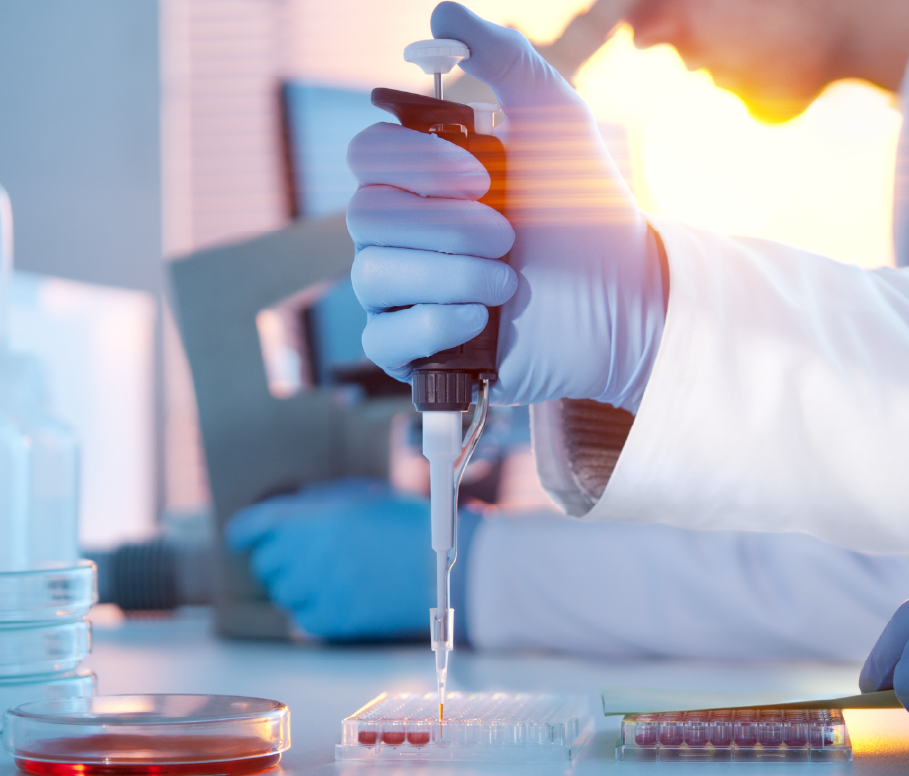This case study was inspired by a New York Times article.
Who:
Dr. Jonathan Rothberg, an American scientist and entrepreneur, based in Guilford Connecticut, and the team at Butterfly
Challenge:
Currently, 4.7 billion people around the world lack access to medical imaging, especially in low- and middle-income countries. And, parts of more developed countries lack expertise and resources to enable them proper access to imaging technology.
Opportunity:
The development of a portable, yet effective, ultrasound device brings medical imaging technology to the patient in a wide range of environments.
How It Works:
The Butterfly iQ ultrasound device uses patented Ultrasound-on-ChipÔ technology, a single silicon chip that replaces the traditional system of piezoelectric crystals – representing a much more durable, yet high-precision alternative. The ultrasound’s sensors can emulate any type of transducer (i.e., a device that converts a signal from one physical form to another – like the ultrasound wand to a phone or tablet), thus eliminating the need for multiple probes for different areas of the body. And, the battery is meant to last on a single charge for a 10-hour shift or more than two continuous hours of scanning.
Accompanying the device is an app that facilitates its use with little training. For example, there are 19 presets that facilitates scanning for various parts of the body. In addition, while the data received are shareable, thus allowing for real-time collaboration with other medical professionals, an internet connection is not required for use. This is especially important for organizations like Kihefo—a medical charity based in Uganda—where the availability of expensive imaging equipment is limited. To date, Butterfly has donated scanners to medical charities working in 13 low-income countries.
Butterfly currently holds 27 patents on various elements of the company’s innovative technology. Because of a strong intellectual property system that protects innovators like Dr. Rothberg, as well as encourages continued advancement, new inventions like mobile ultrasounds will continue to push society forward.


